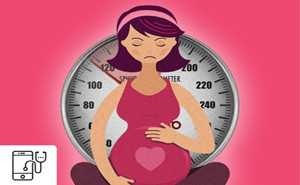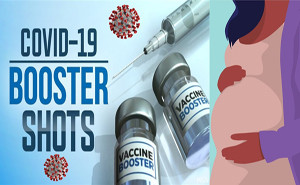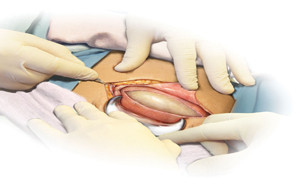Featured
American Journal of Obstetrics & Gynecology: Published: April,
2023Hypertensive disorders in pregnancy
(HDPs) are major causes of maternal and fetal morbidity and are associated with
future maternal risk of cardiovascular disease.Most existing data on hypertensive
disorders of pregnancy and short-term cardiovascular disease risks are limited
t...
Human Reproduction Update Journal: Published on February, 2019Subclinical hypothyroidism (SCH) is
defined as an elevated serum thyrotropin (TSH) level with normal serum
thyroxine (T4) level and affects 3–8% of women of childbearing age. International guidelines advocate
the use of population-based reference ranges of TSH during pregnancy; h...
PubMed Central: Published February, 2021Subclinical hypothyroidism (SCH) is
a common biochemical entity identified in women during pregnancy. SCH is
diagnosed when the thyroid stimulating hormone (TSH) is elevated with a normal
free thyroxine (FT4) level. The thyroid hormone, FT4, is
necessary for fetal growth and development. Insufficient thyr...
Obstetrics and Gynecology Journal: Published in September, 2022Vaccination against coronavirus
disease 2019 is safe and effective at preventing illness, including hospitalization
and death due to severe acute respiratory syndrome coronavirus 2 (SARS-CoV-2) infections,
and booster and additional primary dose COVID-19 vaccinations increase
protec...
Any type of bleeding
during pregnancy can be alarming. About 25% of women
experience some bleeding or spotting during their pregnancy.
Subchorionic hematomas
are the cause of about 20% of all bleeding during the first trimester. This is
a type of bleeding that occurs between amniotic membranes. It occurs when the
placenta partially detaches...
Effectiveness
of Maternal Vaccination with mRNA COVID-19 Vaccine during Pregnancy against
COVID-19–Associated Hospitalization in Infants Aged
JAMA Network
Anemia is
the most widespread nutritional deficiency among pregnant females in the world.
A total of 40.05% of pregnant females worldwide had anemia during pregnancy,
with the highest prevalence (48.15%) in Southeast Asia. Because of
the high prevalence of anemia, any adverse maternal and fetal outcomes
associated with...
JAMA Internal Medicine:
Key Points
Question What
is the risk of perinatal complications associated with SARS-CoV-2 infection
during pregnancy and what factors are associated with hospitalizations?
Findings In
this cohort study of 43 886 pregnant individuals, SARS-CoV-2 infection during
pregnancy was associated with an increased ris...
American Journal of Obstetrics and Gynecology:
Key findings
Vaccine-generated antibodies were
present in umbilical cord blood and breastmilk after maternal vaccination.
Pregnant and lactating women
elicited comparable vaccine-induced humoral immune responses with nonpregnant
controls and generated higher antibody titers than those o...
The British Pharmacological Society Journal: Published: 05 September 2019
Penicillin’s are widely used during
pregnancy for various bacterial infectious indications. Amoxicillin, rapidly
crosses the placenta following absorption to the bloodstream, It is prescribed
both as a sole medicine as well as in combination with clavulanic acid mos...
The British Medical Journal (BMJ): Published 17 May 2022
Compared with vaginal delivery,
caesarean section carries a substantially increased risk of maternal postpartum
infections. This risk can be reduced by routine provision of prophylactic
antibiotics.
Evidence from randomized controlled
trials shows that antibiotics are more effe...
SummaryWhat is already known about
this topic?Pregnant women with COVID-19 are
at increased risk for severe illness and adverse birth outcomes, yet many
remain reluctant to be vaccinated.What is added by this report?In a retrospective cohort of
>40,000 pregnant women, COVID-19 vaccination during pregnancy was not
associated with preterm bir...













